History On Wheels: Chevrolet Camaro /1967 - 1992/
Chevrolet Camaro is a legend among the cars and it has been famous and gathered greater popularity since its launch in 1967. One of the main reasons for its initial popularity was probably that it had a unique characteristic: it combined a sports car driving feeling with an everyday drive. This iconic muscle car was in fact General Motor's reply to the Mustang developed by Ford.
Till present there are five generations of the Camaro model, with the latest one being developed and released on the market just recently. As a matter of fact, 2012 is the year of 45th anniversary of the model and given that Chevrolet has decided to launch a special limited edition mode, to mark those 45 years of success.
First generation began, when the iconic Chevy was released for the first time in September 1966, preparing it for the model year of 1967. In particular the production of the first generation Camaros lasted for only two years – from 1967 until 1969.
Even back in the 1967, the first model of Camaro was offered in two variants: coupe and convertible. They were equipped with a standard 3.8l I6 engine which delivered 140 hp (104 kW) and was mated to a three-speed or to a four-speed manual transmission, or to their automatic equivalents. Later the same year, the powerful 290 hp (216 kW) 5.7 L (350 in³) V8 engine was introduced to the Chevrolet.
Going further to 1968, there wasn't much of a change in the model. It got a similar look, although it had undergone slight cosmetic changes such as cloth trims, side marker lights, etc. What made it different was the modified grille and tail lights.
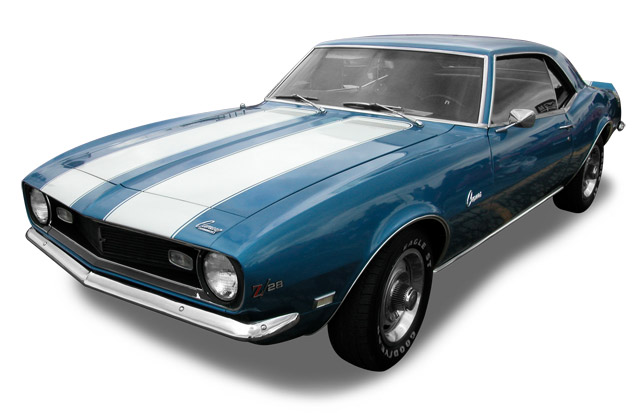
Traveling even ahead in time, in 1969 the Camaro was again transformed and carried the name 1969 Chevrolet Camaro Hugger. Now it got a new sheet metal which made it lower and closer to the ground, and attributed to its wider stance. In addition, the model got a vinyl roof which made it distinct. And orange color version of the car eventually became emblematic.
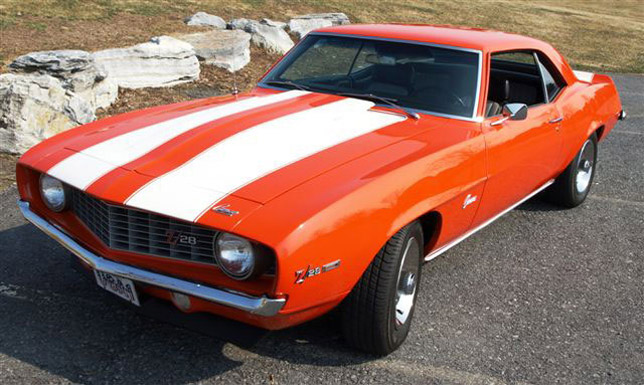
The production of the second generation Camaros lasted longer – from 1970 until the late 1981. The 1970–1/2 Camaro debuted as a 2+2 coupe and included new body style, looked sleeker, as well as optimized suspension. Nevertheless, no cabriolet version was offered, and in fact there wouldn't be any convertible production of the Camaro until the third generation.
In terms of engines and drivetrain components there was nothing significantly changed. The major differences were made on the exterior and interior, which contributed to the growth in popularity of the car. What was new here in terms of technology was the 4.1 L six cylinder bas engine, which was actually the enhanced version of the previous 3.8 l one. The 4.1 L engive performed far better and produced 155 hp (116 kW). In the second generation the best performance was carried through the 6.5 L V8 engine, which delivered the astonishing 375 hp (280 kW).
It is apparent that the car was thoroughly restyled and now was even larger and with wider stance. However, the unique markers of the previous generation Camaro stayed untouched. For instance, in the second generation Camaros could be still seen the unibody structure, front subframe, theA-arm front suspension and leaf springs.
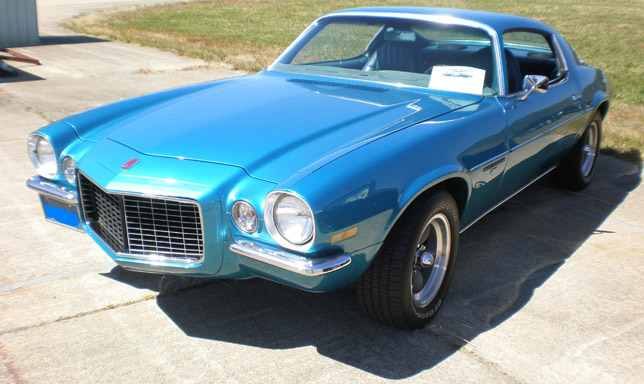
A highlight here is the introduction of the Z28 Special Performance Package in 1977. With it the customers enjoyed not only the amazing driving performance of the vehicle, but had the opportunity to ride on a car which produced 360 horsepower due to its 5.7 L V8 engine. Later in 1980 and 1981 to afore mentioned package was added an air induction hood scoop, with an intake door that opened under full throttle.
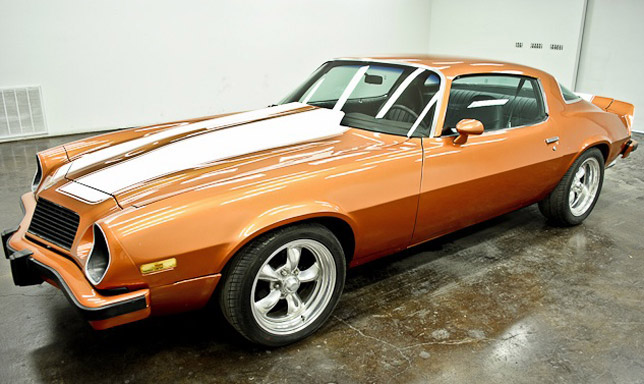
Through the next ten years – from 1982 till the 1992, Chevrolet brand undertook the introduction campaign of the first Camaro models which were equipped with factory fuel injection and gave the customers the choice between Turbo-Hydramatic 700R4 four-speed automatic transmission and five-speed manual transmission. Furthermore, a new hatchback body style could be recognized in the third generation. Now, 16 inch wheels were standard, and the overall weight of the car was significantly reduced.
The iconic Chevrolet Camaro IROC-Z came for the first time on the world scene in 1985 and its production continued till the end of 1990. A lot of innovations and transformations were added during that period. For instance there was a new brake light added.
Worth mentioning is the new engine added two years later. Namely, it was the 5.7L 350 V8 engine, which eventually turned out to be the standard one for the IROC-Z models. What was specific about those particular Camaro models is that they only came with an automatic transmission.
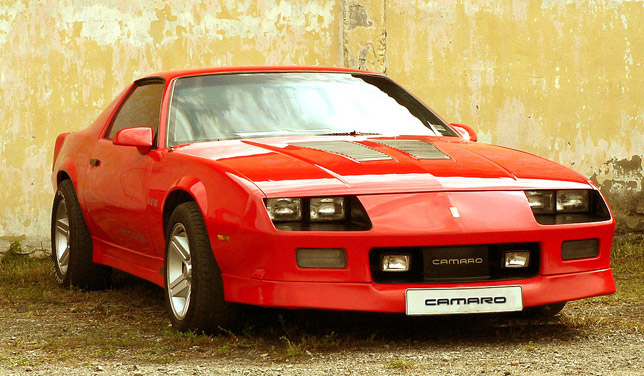
Pictures Source: Wikipedia
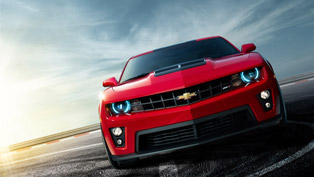
![2014 Chevrolet Camaro Z28 - Nurburgring Lap in 7:37 [video]](http://www.automobilesreview.com/uploads/2013/10/2014-chevrolet-camaro-z28-b.jpg)
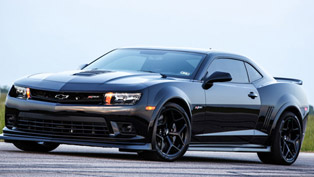
![Hennessey Performance Creates 1000HP Chevrolet Camaro Z/28 [VIDEO]](http://www.automobilesreview.com/uploads/2015/08/2015-Hennessey-Chevrolet-Camaro-Z28-HPE1000-FF.jpg)
![OnStar Calls John Hennessey while he Tests 650+ HP Z/28 Camaro [VIDEO]](http://www.automobilesreview.com/uploads/2015/10/2015-Hennessey-Chevrolet-Camaro-Z28-HPE1000-FF.jpg)





